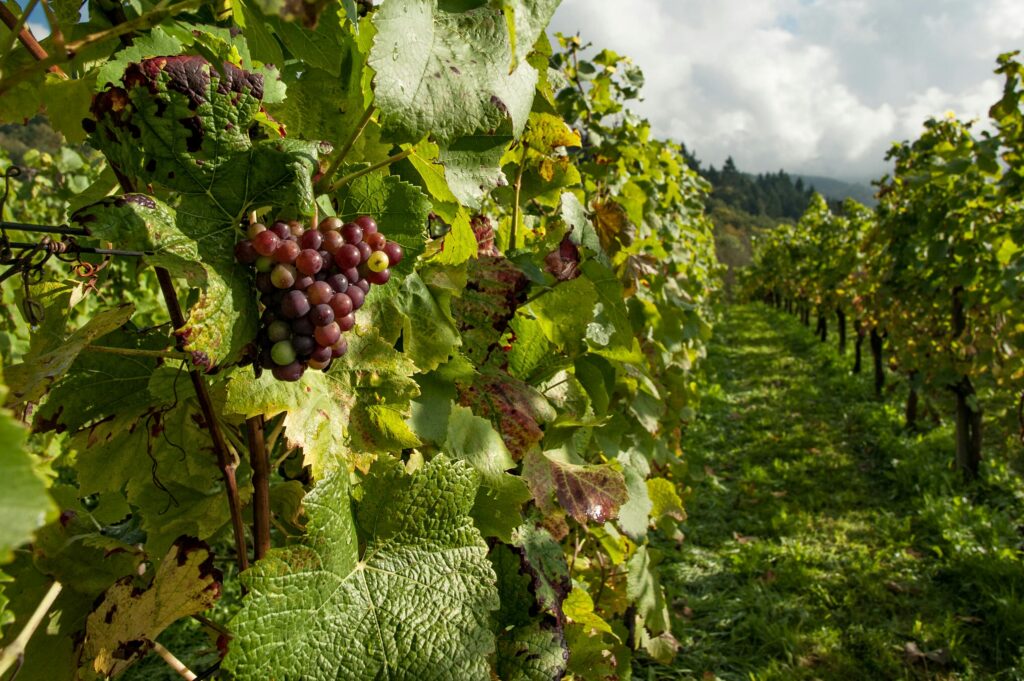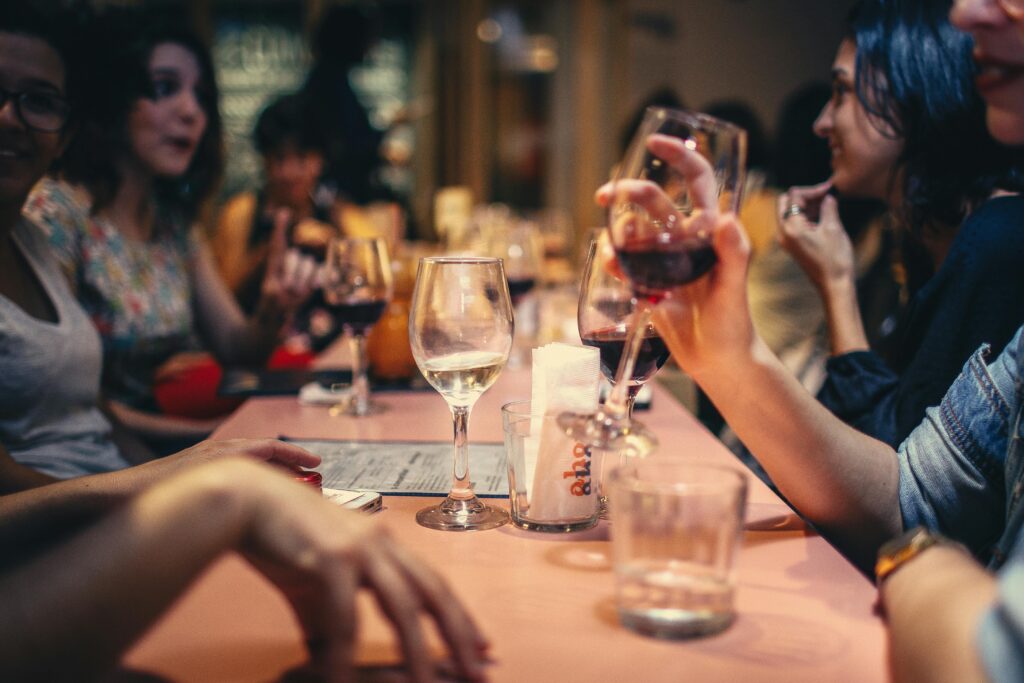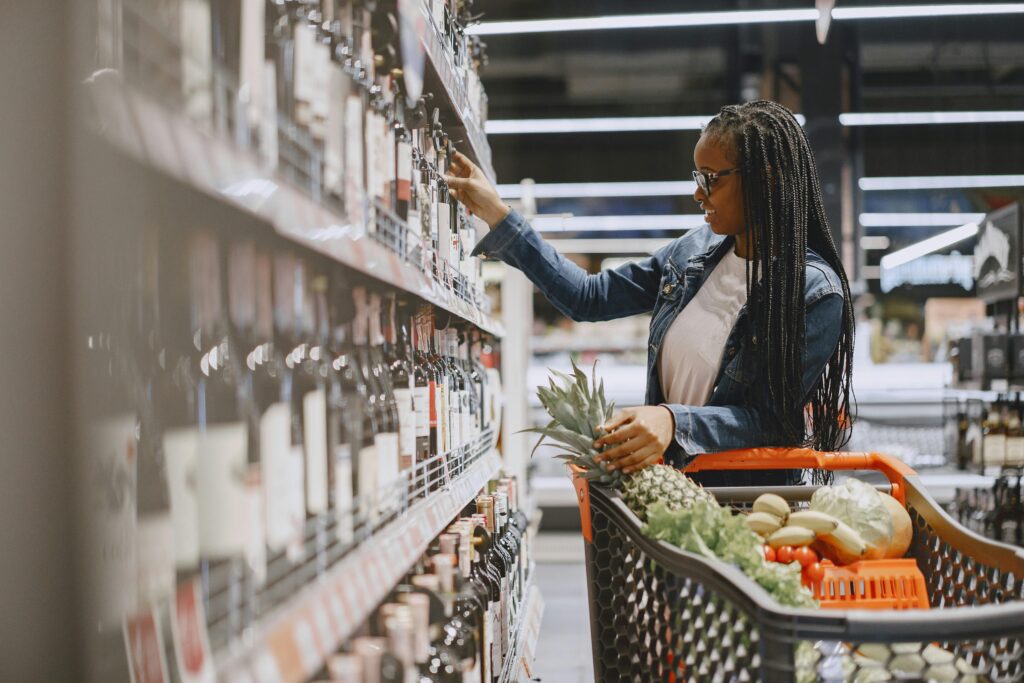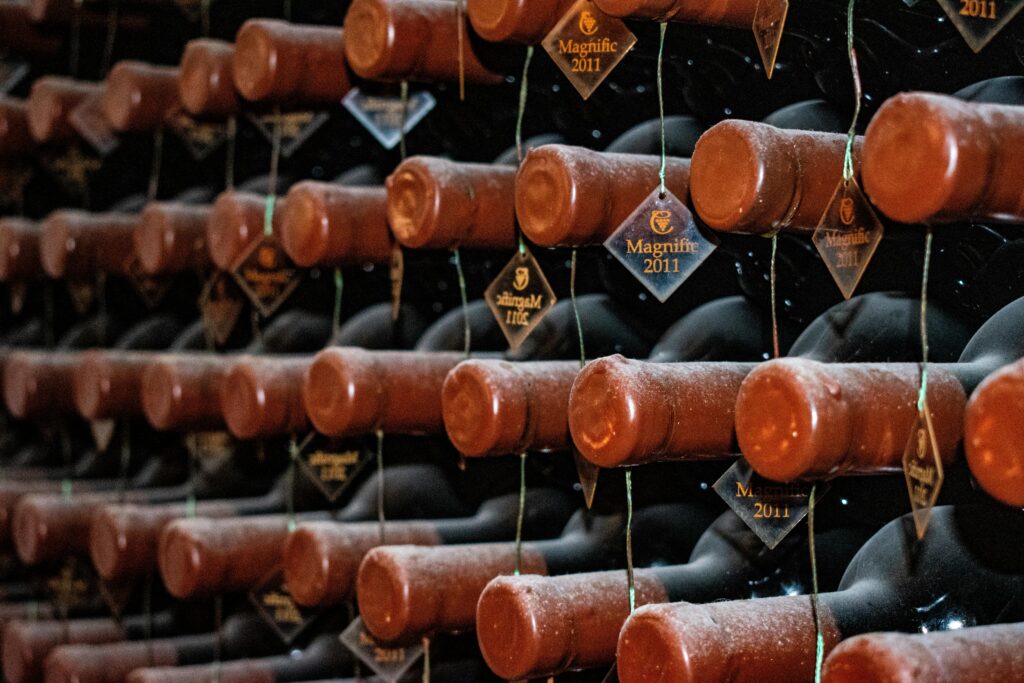When it comes to buying wine, people usually have two main choices: they can either go to a store (retail) or order wine at a restaurant. Even though the wine itself might be the same, the way it is sold and enjoyed can be very different. Retail wine sales and restaurant wine sales each have their own special features, and both offer unique experiences.
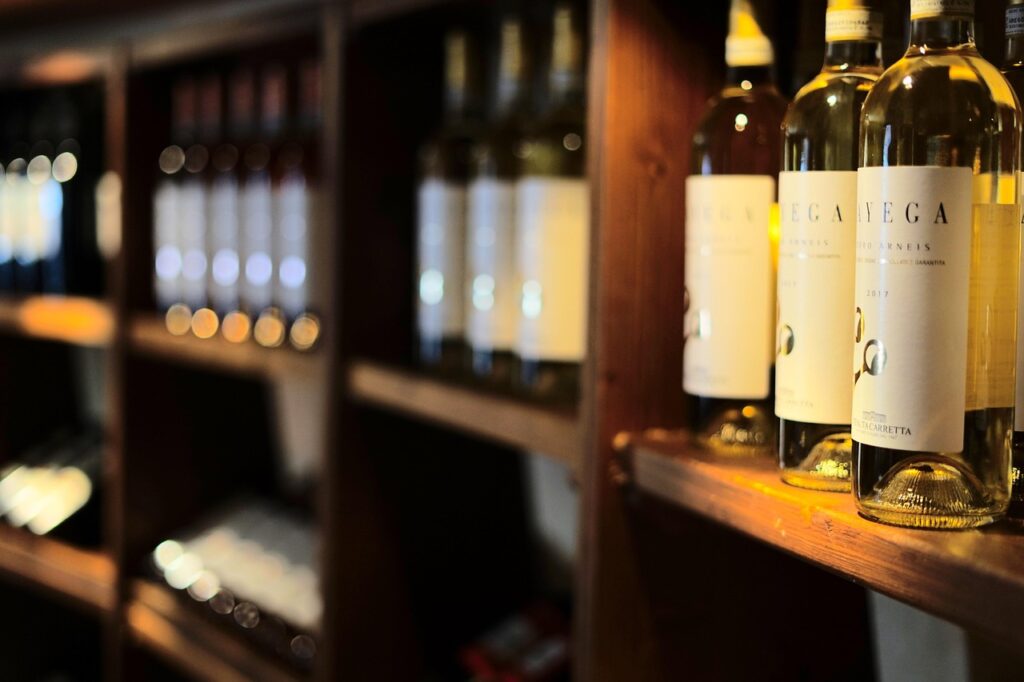
In retail stores, wine is sold for people to take home. This could be a big supermarket, a small wine shop, or even an online store. The prices are usually lower than in restaurants because the store only adds a small profit to the original cost of the wine. People can often find a wide selection of wines from different countries and regions. They have the chance to read the labels, ask for advice from the staff, and even look up information on their phones before buying. It is a more relaxed experience because there is no rush. People can take their time to choose a bottle that fits their taste and budget. Also, buying wine at a store means you can enjoy it in your own way — whether that’s at a family dinner, a party, or just a quiet evening at home.
On the other hand, wine sales in restaurants are very different. When people order wine with their meal, they are not just paying for the wine itself. They are also paying for the service, the atmosphere, and the experience. That is why the price of a bottle in a restaurant is often much higher than in a store. Restaurants usually mark up their wine prices two to three times or even more. However, many people do not mind because they are enjoying a full experience: the food, the service, the company, and the special feeling that comes with eating out.
In restaurants, wine lists are often carefully selected by a sommelier, who is a wine expert. They choose wines that go well with the food the restaurant serves. The choices might be smaller compared to a retail store, but they are often more focused. If you are unsure what wine to order, the sommelier or waiter can help you pick something that matches your meal perfectly. This is a service you do not usually get when buying wine at a store.
Another big difference is how people think about wine when they are buying it. In retail, people usually look for value. They want good quality for a good price. In restaurants, people often want the wine to make their meal feel more special. They are willing to spend more because the wine is part of a bigger experience. Also, when you buy wine at a store, you are usually thinking ahead — for a dinner next weekend, for a gift, or for your personal collection. In a restaurant, you are living in the moment, enjoying the wine right there and then.
Both retail and restaurant wine sales are important for the wine business. Retail stores help people discover new wines and build habits of drinking wine at home. Restaurants, on the other hand, help introduce people to wines they might not usually try. Sometimes a person might love a wine they had at dinner and later go to a store to find it. This shows how retail and restaurant wine sales can work together.
In the end, whether you are buying wine at a store or ordering it at a restaurant, it is all about the experience you want. Some days you might enjoy the slow, thoughtful process of picking out a bottle at the store. Other days, you might want the easy pleasure of having a good wine served with a delicious meal. Both ways have their beauty, and both help people enjoy the wonderful world of wine.
